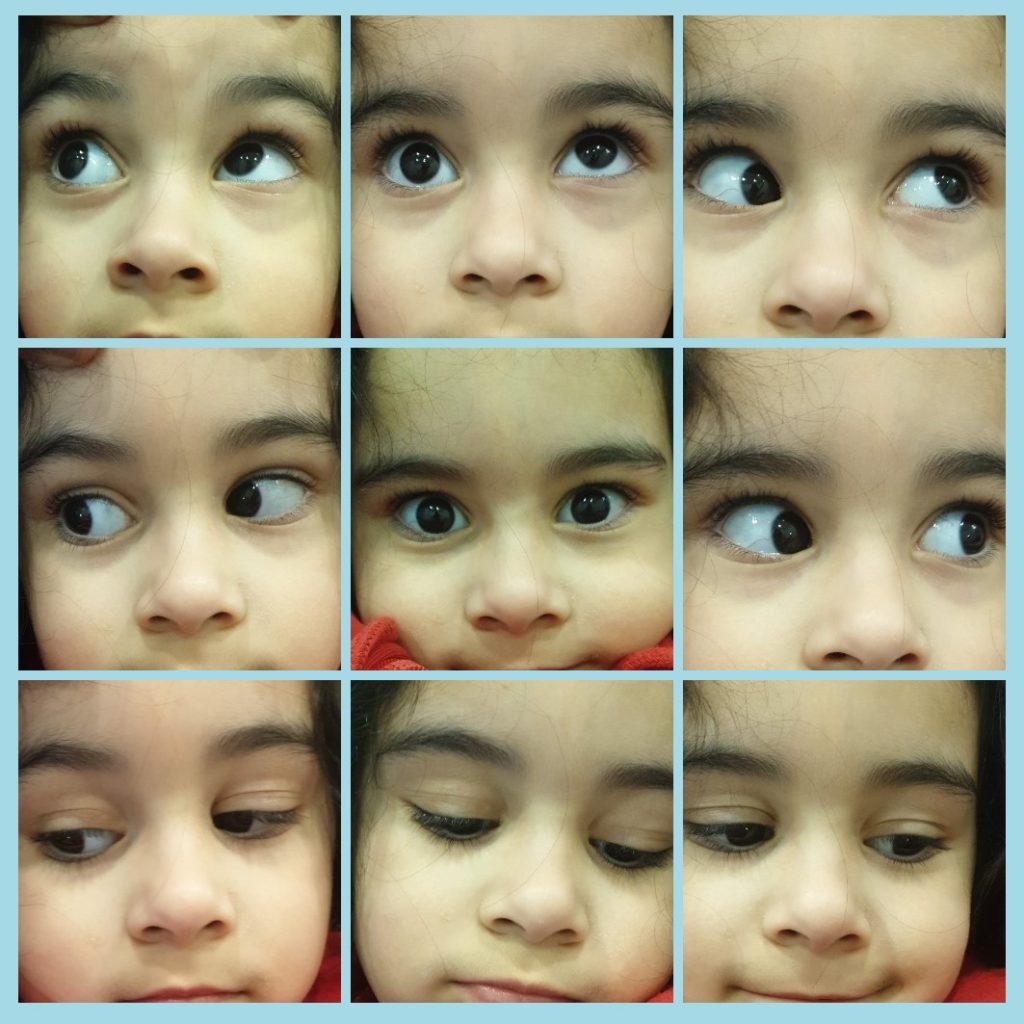Quiz Challenge – Do you know which Congenital Eye Movement Disorder this is?
Dr Elaine Wong
Mother has noticed this 2 yo girl to keep rolling up her left eye intermittently during the day. This seems to be worse when she was a baby and mother noticed it mostly when she is lying down for her “tummy time”.

Do you know which congenital eye movement disorder this is?
A: Right Congenital Brown’s Syndrome
What is this "syndrome"?
What is Congenital Brown’s Syndrome?
Brown’s Syndrome is a mechanical problem where the superior oblique muscle/tendon is unable to freely pass through the trochlea and becomes restricted. The affected eye is held down by the tight superior oblique tendon and is most noticeable on attempted upgaze in adduction.
Calling this condition as a “syndrome” is a misnomer as the problem is isolated to the superior oblique and the trochlea.
It is most commonly congenital but can be acquired and is more common in the right than the left eye.
What are the clinical features?
Clinical features
Typically, there is restriction of elevation in adduction of the affected eye. Often, the higher eye is mistaken to be the abnormal eye by parents. In order to maintain binocular single vision, children often learn to move their head to avoid diplopia in the direction of misalignment.
In mild cases, there is only a reduced ability to elevate in adduction.
In moderate cases, there is also a tendency for the eye to depress in adduction.
In severe cases, hypotropia develops in primary position. As a result of this, patients may adopt a chin up posture to maintain binocular single vision, or even worse, may develop suppression and amblyopia.
What is the treatment?
Treatment
In majority of cases, congenital Brown’s syndrome remains to be mild in nature and only yearly observations are required. Surgical treatment with lengthening of the superior oblique tendon is usually reserve for severe cases where the child develops hypotropia in primary position or adopting a significant head posture to maintain binocular vision.